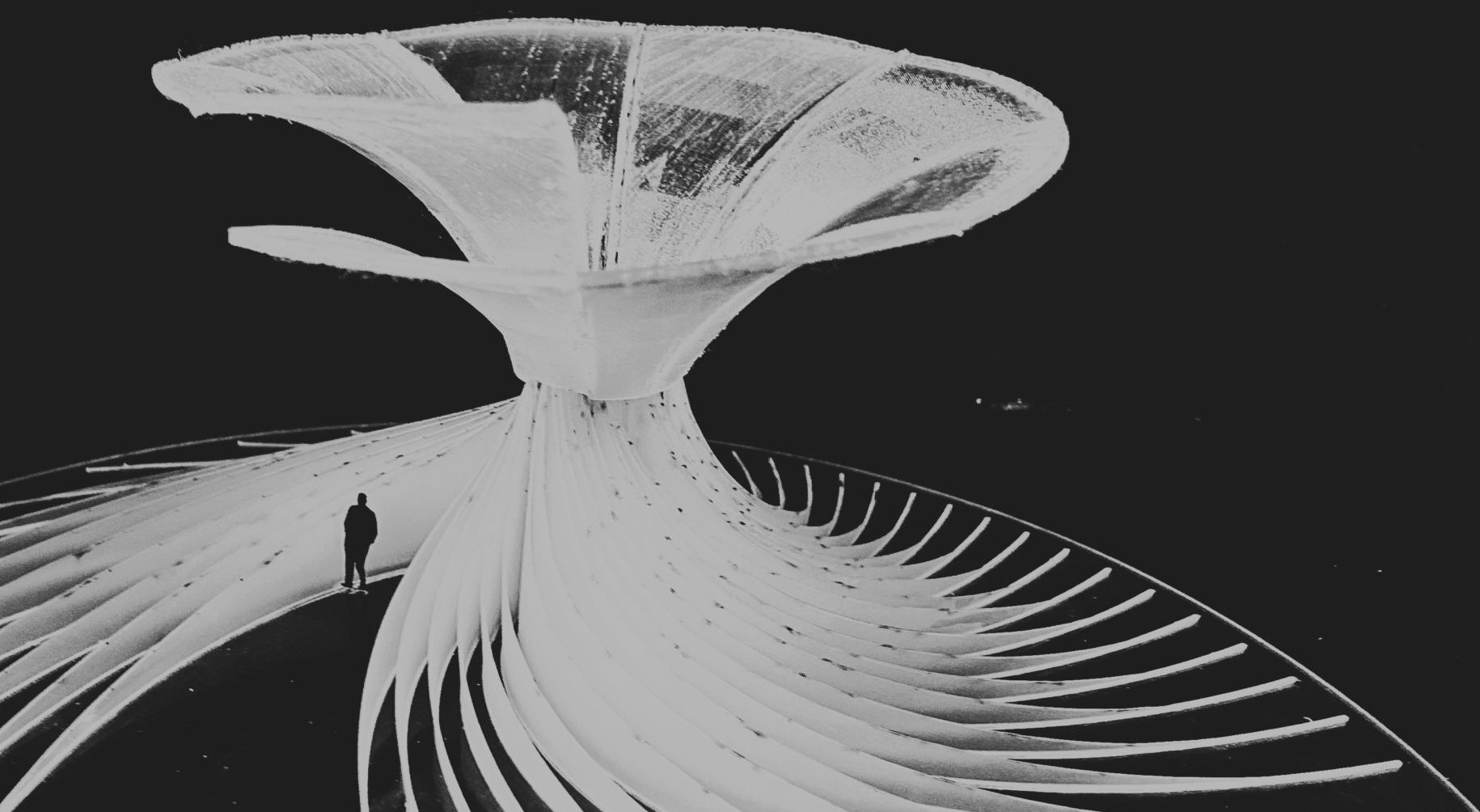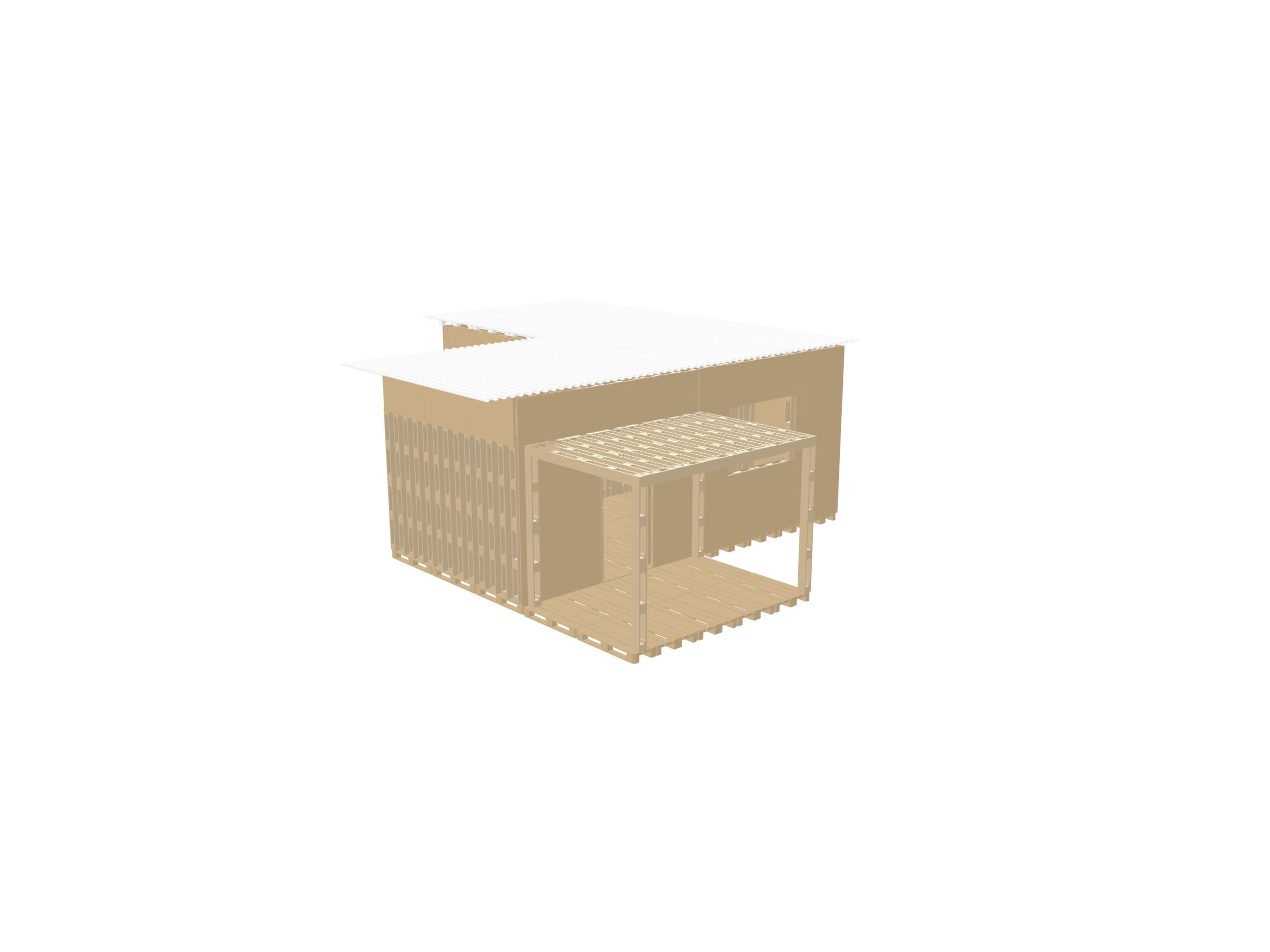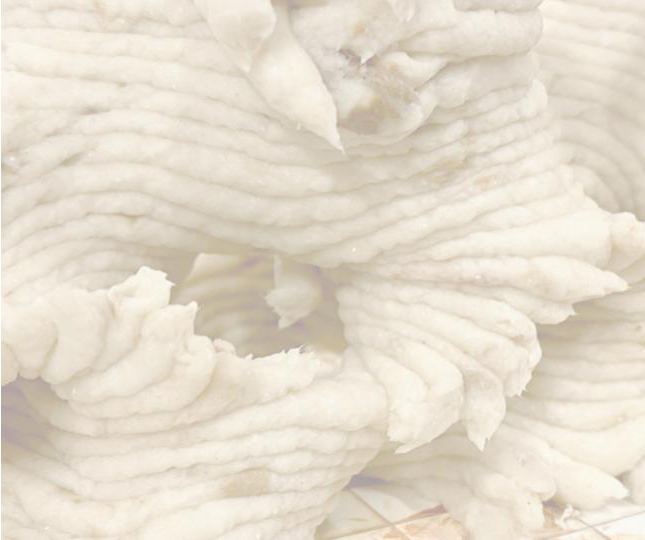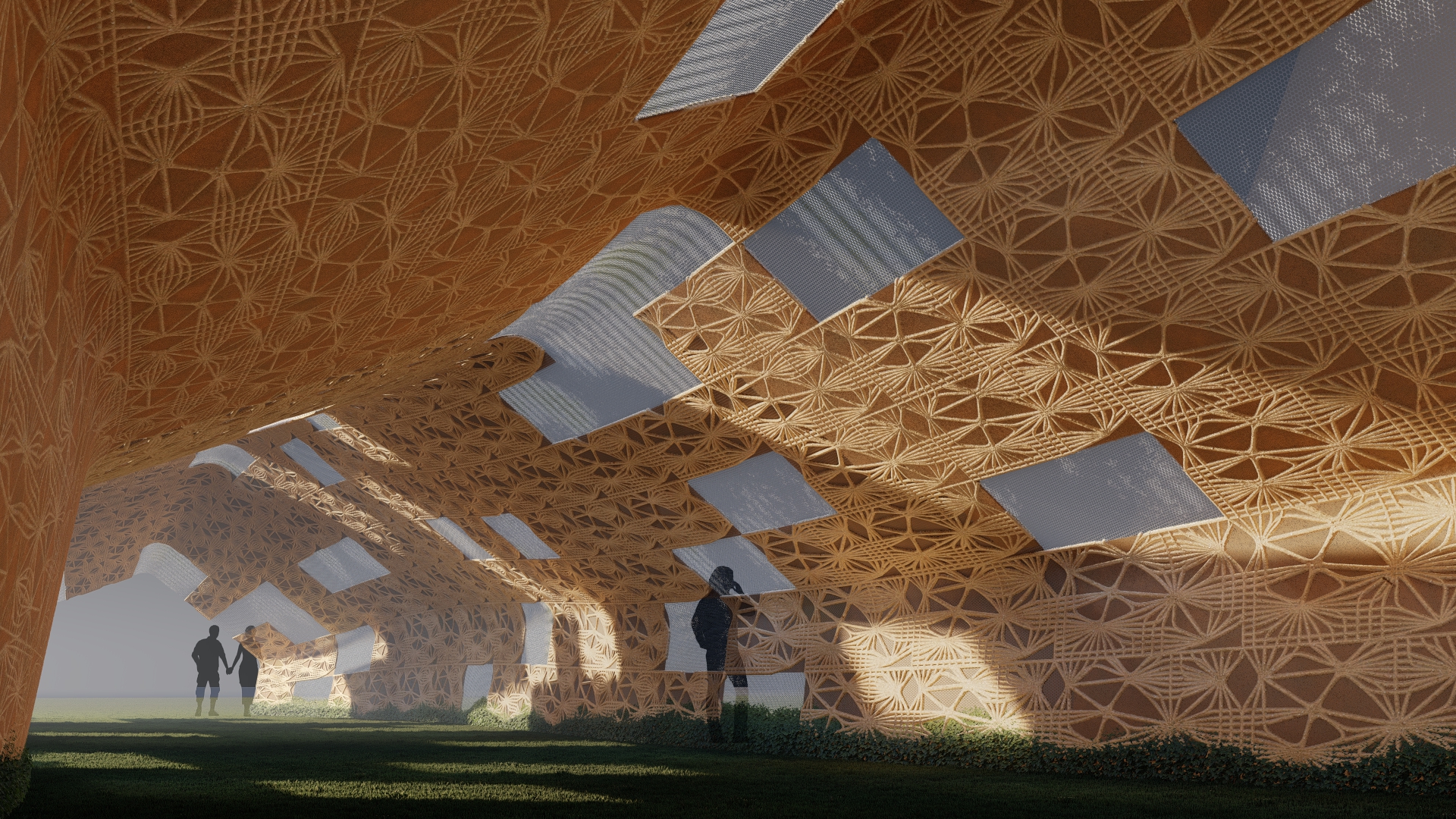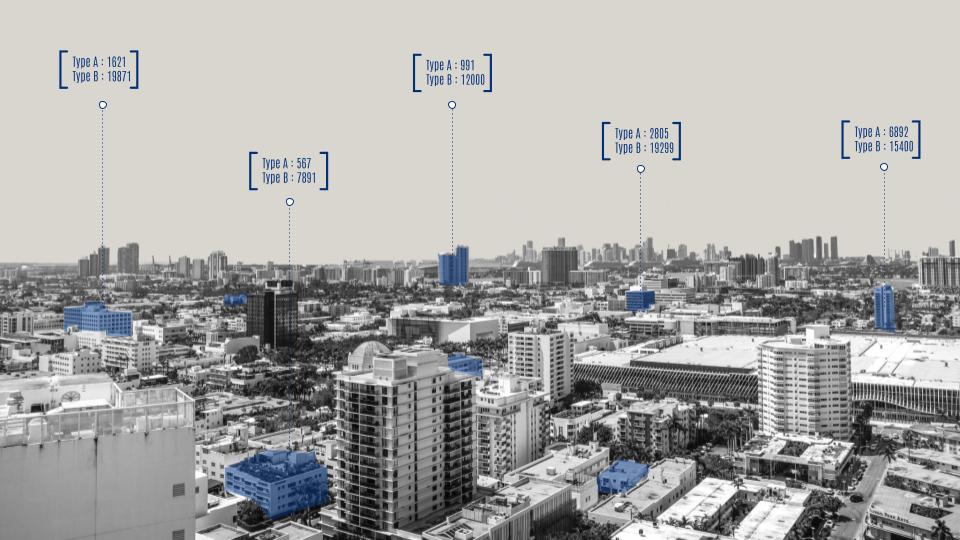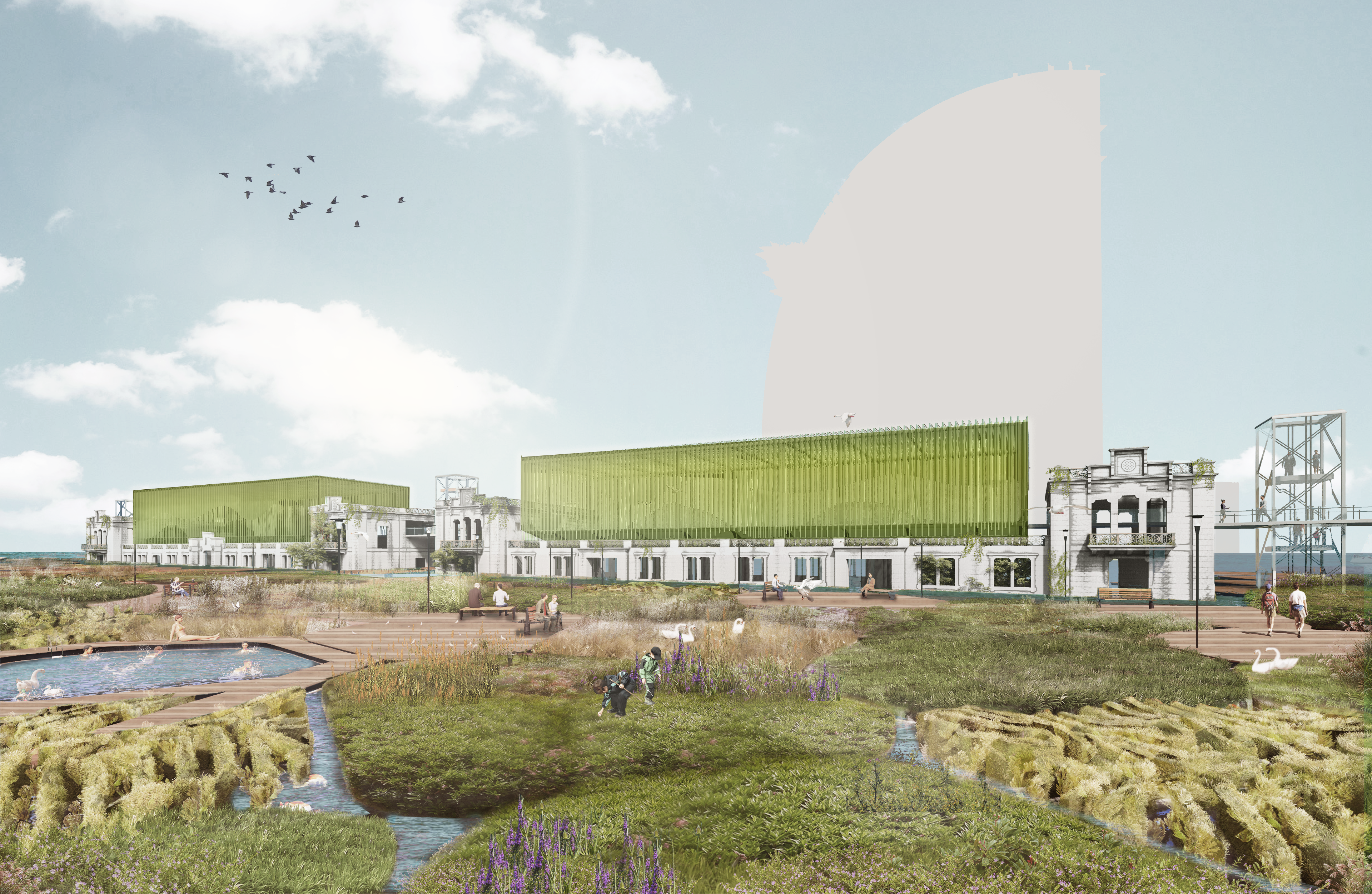The MAA is a visionary master program with an innovative and open structure, mixing diverse disciplines, shaping professionals capable of producing theoretical & practical solutions towards responsive cities, architecture & technology.
BIOMATTER
LIFE IN A BIOTOPIAN WORLD BIOMATTER IS … GROWTH TYPE: NEWTONIAN GEOMETRY: SPHERES FORCE: GROWTH SIMULATION LIFE IN BIOMATTER WATER BODIES SHELTER FOR ANIMALS NOURISHMENT
FROM WASTE TO TAP
REIMAGINING WATER TREATMENT INFRASTRUCTURE THROUGH BIO-BASED SOLUTIONS PROJECT OVERVIEW WATER STRESS Due to the climate change, inefficient irrigation systems for agriculture, population growth and inefficient water infrastructure, the water stress in the world is increasing. But we question ourselves if water is really a scarce resource or is it just the issue of how the … Read more
Re-clay(m)
The old builds the new Manifest Can we transform construction waste? Can brick waste be a potential upcycled material in an structurally optimized system? Two main factors, the huge amount of CDW and the importance of brick production in Spain, gives us the decision to select our material, the brick waste. We attempt to propose optimized solutions … Read more
DUST UP! (Term02)
(Continuation from the first term. To view the Term01 click here : https://blog.iaac.net/dust-up-design-behavior-thesis-cluster-term-01/) Material Research – Strategies To solve the issues from the Term01, approaches from different scales were implemented. From material scale, adding marble dust can give more stability to the mixture and help it move less during printing. Exploring different curve connections such … Read more
Form Follows Availability
The construction industry is the number one consumer of global raw materials while being one of the biggest producers of waste in the European Union.In this Research, we aim to explore the possibilities of secondary waste wood (Pallets) based on the notion of discreteness and develop a “Programmable Matter System”.These discrete building blocks can be … Read more
Fibra Terra
Posidonia Oceanica In the Mediterranean, most plant debris is made up of the species Posidonia Oceanica (L.) Delile, asuperior plant that is endemic to this sea. It forms extensive meadows from the shallowest areas of the coast to variable depths, depending on how deep light can penetrate the water to enable photosynthesis to take place. … Read more
Digital Deconstruct
Algorithmic Design II – Term 1 Standardizing a kit of parts within a local neighborhood has potential to encourage a circular system of material exchange and allow for deconstruction of buildings rather than demolition. This research aims to design a discrete modelling framework focused on generating spaces that can be assembled and disassembled into various … Read more
Moving Concrete to Green Pastures / DeepGreen Thesis Cluster
THESIS ABSTRACT The critical global issue of sustainability and circular economies is a core issue that demands attention in the construction industry. A specific environmental concern in this regard is the production and utilisation of cement. This process is one that has significantly detrimental effects on the environment due to the large volumes of carbon … Read more
ALGAE LOOP
THE FUTURE OF HEURA’S WORKSPACE THE GOAL of this project is to envision the future of HEURA FOODS workspace, considering existing technologies and climate change scenarios and using Barcelona’s historical building as a site for intervention. HEURA FOODS was founded in 2017 by Marc and Bernan in a co-working office in the center of Barcelona. … Read more
Advanced circularity: Transformative thinking toward design conception
Circularity is a concept related to circular economy, as a model of production and consumption of extended life cycles, this involves sharing, leasing, reusing, repairing, refurbishing and recycling existing materials and products implying waste reduction. The circular model uses materials in a cyclical chain of valuing natural resources at all production stages, it aims to … Read more
Nexus Biota
– Nexus – an important connection between the parts of a system or a group of things. – Biota – the animals and plants living in a particular place (…). —FUTURE WORK SPACE 2045— Hello! I’m Antoni, a student at IAAC in Barcelona. Enrolled in the design studio ‘The future workspace’. And here I am. … Read more



